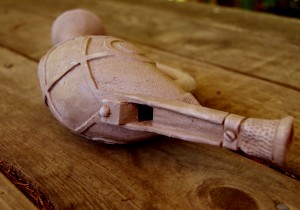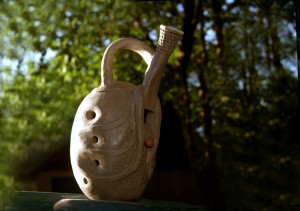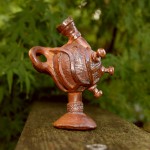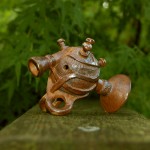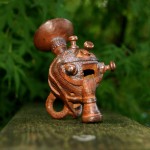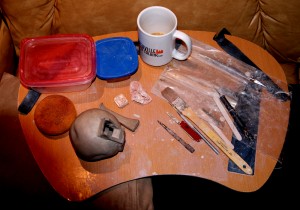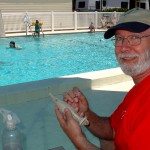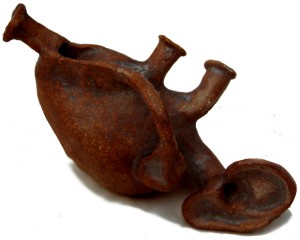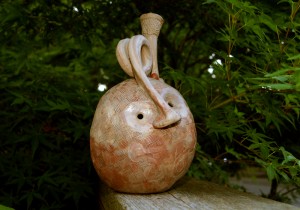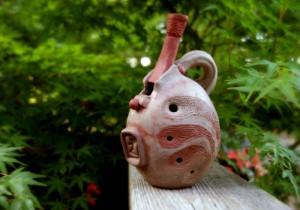The choice of terms for potters is probably just semantics. Whether a pot is thrown or turned implies a mechanical pottery wheel of some description either way. What appears to be a trend is that crafts people tend to throw pots and artists prefer to turn clay. There may be something in the marketing world that subliminally tells us that turned ceramics are somehow more valuable than thrown ceramics.
The expression, wheel thrown, makes a lot of sense to me considering the mechanics of the device and the physics (centrifugal force) of the clay spinning on the wheel head. On the other hand, turned pieces bring images of a craftsman working at a lathe…where pieces seem to emerge from within a solid block of wood. There are some economics to the word turned that I like as well. Calling something ‘wheel turned’ seems redundant…and turned could easily concatenate what happens on the pottery wheel with what often happens on a banding wheel during construction and decoration.
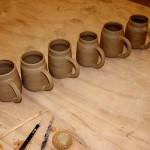 To fan the flames of the artist-craftsman feud, perhaps turned requires verbalization with the head kicked back slightly, the nose pointed skyward, and the word sung as if it is a very long, one syllable word.
To fan the flames of the artist-craftsman feud, perhaps turned requires verbalization with the head kicked back slightly, the nose pointed skyward, and the word sung as if it is a very long, one syllable word.
All that being said, I’m turning mugs this week. For the most part they will become test pieces for glaze experiments and exercises to help me improve my throwing skills.
